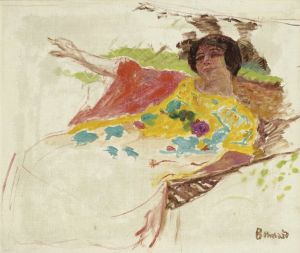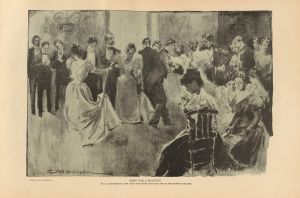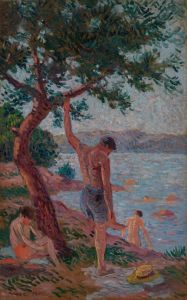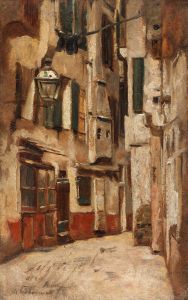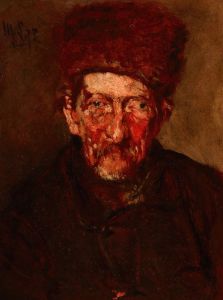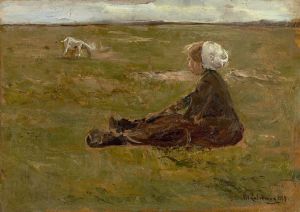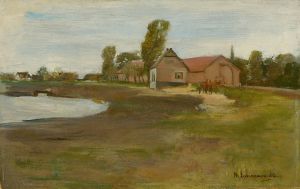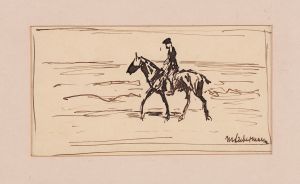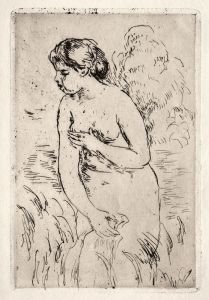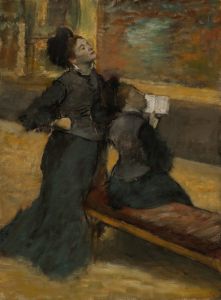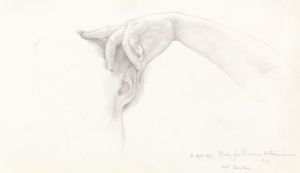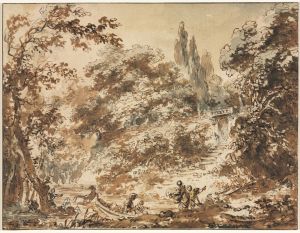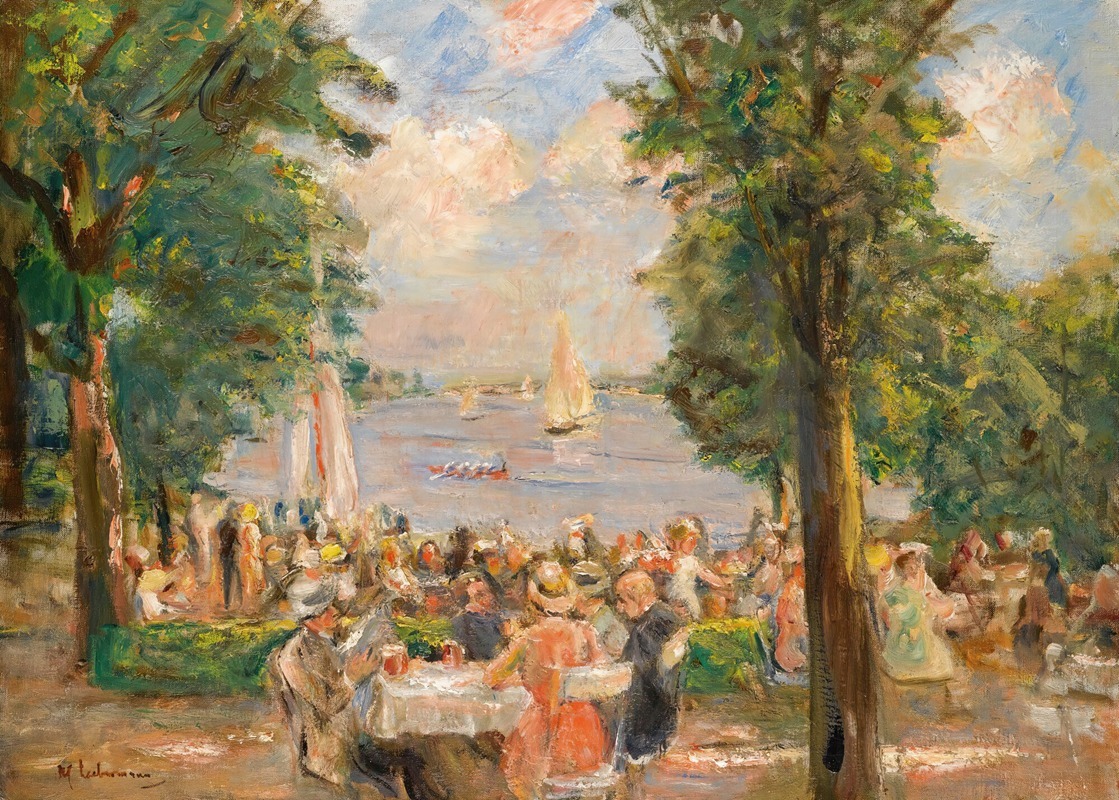
Beergarden Near The Wannsee
A hand-painted replica of Max Liebermann’s masterpiece Beergarden Near The Wannsee, meticulously crafted by professional artists to capture the true essence of the original. Each piece is created with museum-quality canvas and rare mineral pigments, carefully painted by experienced artists with delicate brushstrokes and rich, layered colors to perfectly recreate the texture of the original artwork. Unlike machine-printed reproductions, this hand-painted version brings the painting to life, infused with the artist’s emotions and skill in every stroke. Whether for personal collection or home decoration, it instantly elevates the artistic atmosphere of any space.
"Beergarden Near The Wannsee" is a painting by the renowned German artist Max Liebermann, created in 1895. Liebermann, a leading figure in the German Impressionist movement, was known for his depictions of everyday life and his ability to capture the nuances of light and atmosphere. This particular painting is an exemplary work that showcases his skill in portraying leisure scenes with a sense of realism and vitality.
The painting depicts a lively scene in a beer garden near the Wannsee, a popular lake in the southwestern outskirts of Berlin. During the late 19th century, such beer gardens were common social gathering places for people of various classes, offering a relaxed environment where individuals could enjoy drinks, food, and conversation amidst nature. Liebermann's choice of subject reflects his interest in modern life and the social dynamics of his time.
In "Beergarden Near The Wannsee," Liebermann employs a loose brushwork style characteristic of Impressionism, capturing the dappled light filtering through the trees and the vibrant atmosphere of the setting. The composition is filled with figures engaged in leisurely activities, such as drinking, conversing, and enjoying the serene surroundings. The artist's use of light and shadow creates a dynamic interplay that adds depth and movement to the scene, inviting viewers to immerse themselves in the convivial ambiance of the beer garden.
Max Liebermann was part of the Berlin Secession, an art movement that sought to break away from the conservative academic standards of the time. His work, including "Beergarden Near The Wannsee," often focused on themes of modernity and the changing social landscape of Germany. Liebermann's paintings were celebrated for their naturalism and his ability to capture the essence of contemporary life.
The Wannsee itself is a significant location, known for its picturesque landscapes and as a recreational area for Berlin's residents. During Liebermann's time, it was a popular destination for city dwellers seeking respite from urban life. The artist's connection to the Wannsee was personal as well; he owned a villa on the lake's shores, which served as a retreat and a source of inspiration for many of his works.
"Beergarden Near The Wannsee" is housed in the collection of the Nationalgalerie in Berlin, where it continues to be appreciated for its artistic merit and historical significance. The painting is a testament to Liebermann's mastery in capturing the spirit of his era and his contribution to the development of modern art in Germany.
Through this work, Liebermann not only provides a glimpse into the leisurely pursuits of the late 19th century but also highlights the cultural importance of communal spaces like beer gardens in fostering social interaction and relaxation. His portrayal of such scenes offers valuable insights into the everyday lives of people during a period of significant social and cultural transformation in Germany.





